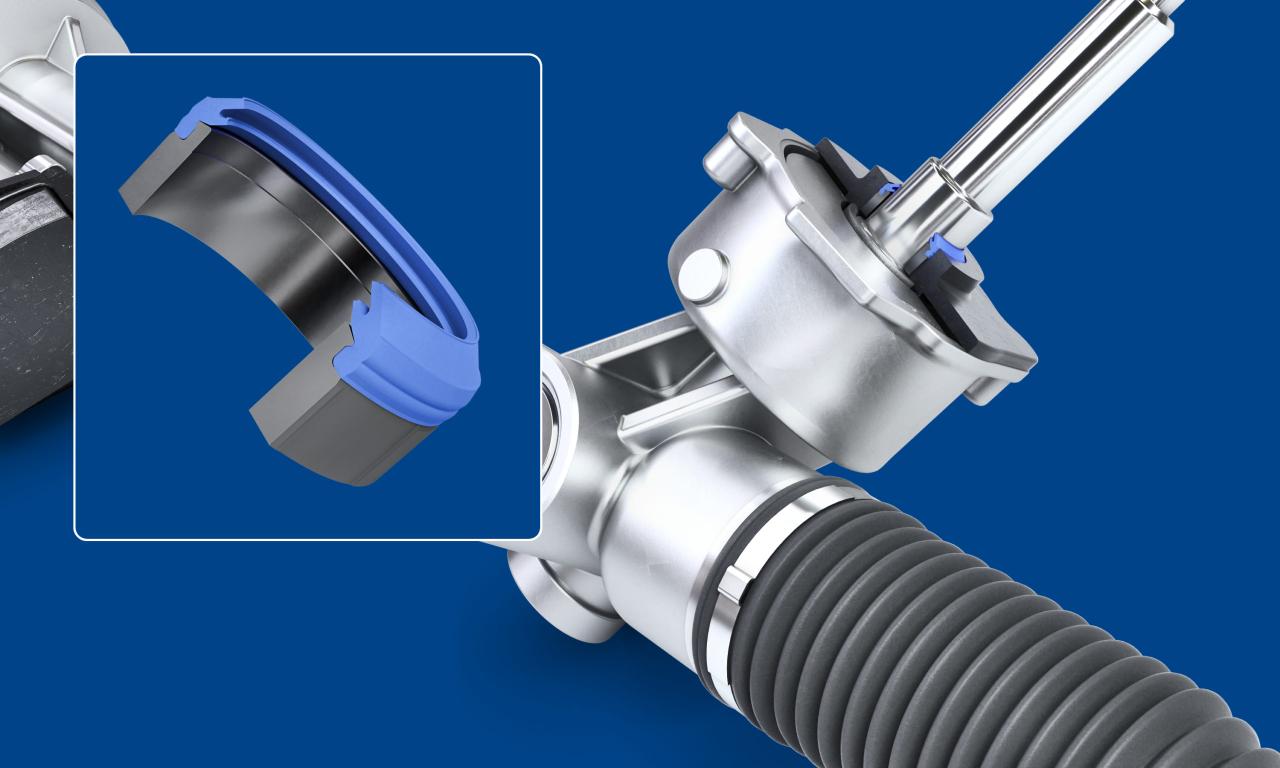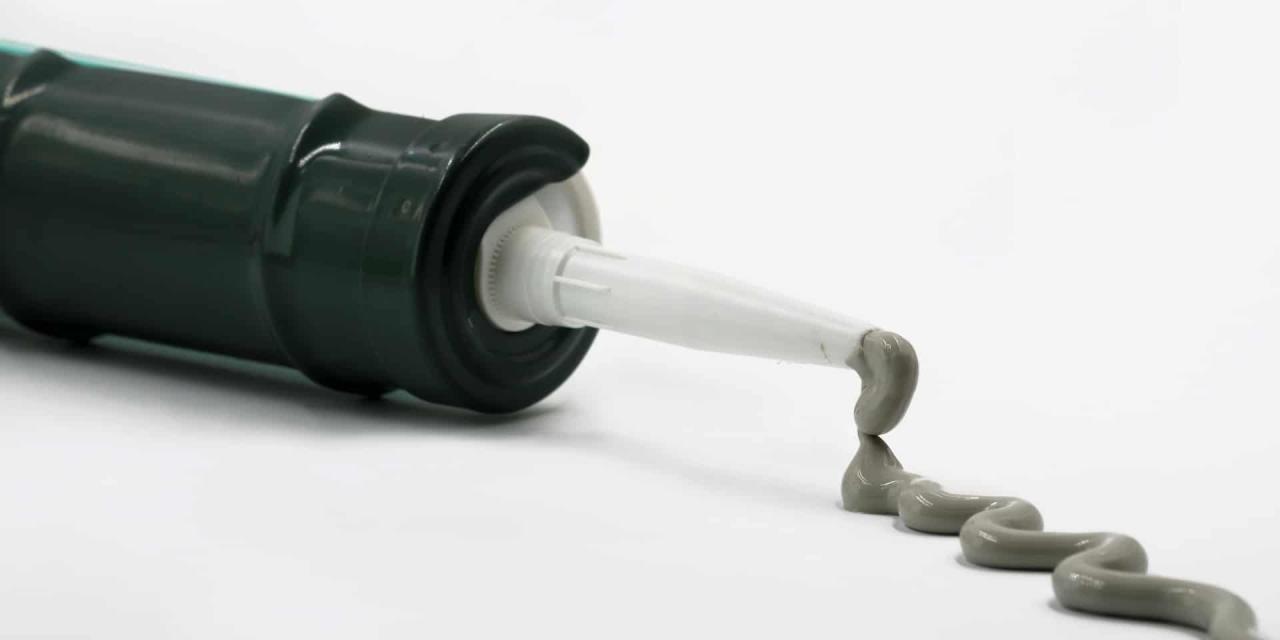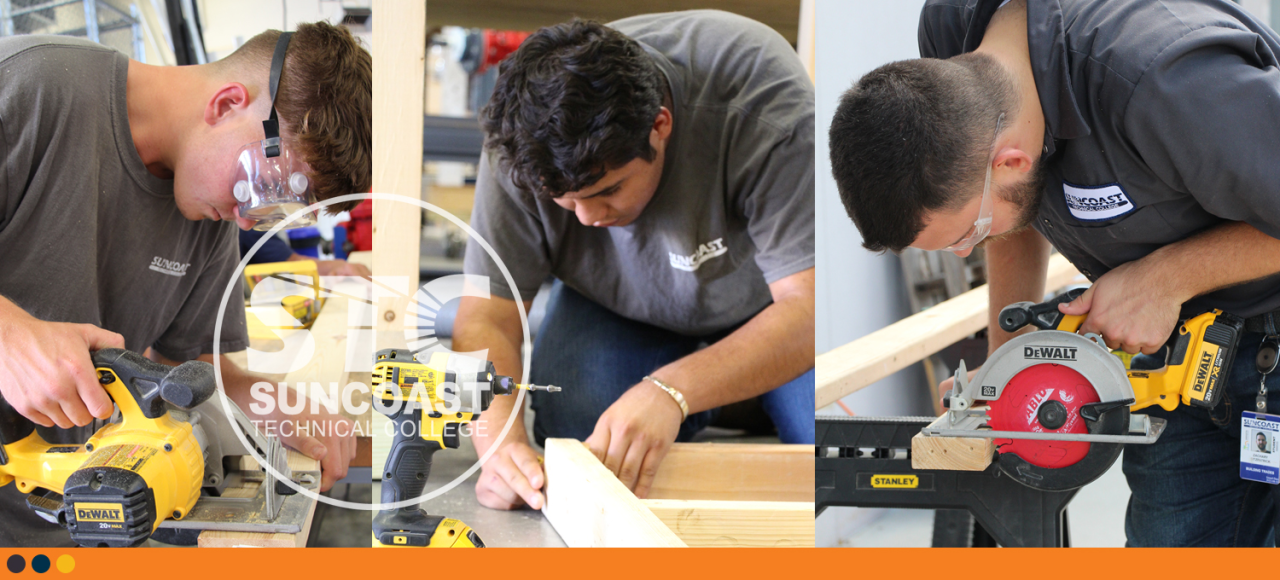Sealant Technology: Bonding and Protecting
Sealant technology, a crucial aspect of modern engineering and construction, involves the use of materials that form a barrier to prevent the passage of fluids, gases, or solids. From the […]

Sealant technology, a crucial aspect of modern engineering and construction, involves the use of materials that form a barrier to prevent the passage of fluids, gases, or solids. From the ancient use of natural resins to today’s advanced polymers, sealants have evolved to meet the demands of diverse industries, protecting everything from buildings and vehicles to electronics and aerospace components.
The development of sealant technology has been driven by the need for reliable and durable solutions to prevent leaks, corrosion, and other forms of degradation. As materials science and manufacturing processes have advanced, sealants have become more sophisticated, offering a wider range of properties and applications.
Sealant Performance and Testing: Sealant Technology

Sealants are crucial components in various applications, from construction to automotive, ensuring proper sealing and protection. Their performance is directly linked to their ability to adhere, remain flexible, withstand environmental conditions, and maintain their integrity over time. This section explores key performance characteristics of sealants and the standardized testing methods employed to evaluate their effectiveness.
Adhesion
Adhesion refers to the strength of the bond between the sealant and the substrate it is applied to. This property is crucial for ensuring that the sealant remains securely attached and effectively seals the joint. Factors affecting adhesion include the sealant’s chemical composition, the surface preparation of the substrate, and environmental conditions during application and curing.
Flexibility
Sealants are often used in areas that experience movement, such as expansion and contraction due to temperature changes. The flexibility of a sealant refers to its ability to deform and return to its original shape without cracking or losing its sealing properties. This is crucial for maintaining the integrity of the seal over time, especially in dynamic environments.
Durability
Durability encompasses the ability of a sealant to withstand various environmental conditions and stresses over an extended period. This includes resistance to UV radiation, moisture, chemicals, and temperature fluctuations. A durable sealant will maintain its adhesion, flexibility, and sealing properties over time, ensuring long-term protection.
Resistance to Environmental Factors
Sealants are often exposed to harsh environmental conditions, such as rain, snow, sunlight, and extreme temperatures. Their resistance to these factors is crucial for ensuring their longevity and effectiveness. Testing methods evaluate the sealant’s resistance to moisture, UV degradation, and temperature extremes.
Standard Testing Methods
Standardized testing methods are employed to evaluate the performance characteristics of sealants. These methods are developed by organizations such as ASTM International (ASTM) and ISO (International Organization for Standardization).
ASTM D3493 – Standard Test Method for Adhesion and Cohesion of Elastomeric Joint Sealants
This test method measures the adhesion and cohesion of elastomeric joint sealants by subjecting them to a peel test. The sealant is applied to a specified substrate, allowed to cure, and then peeled off at a specific angle and rate. The force required to peel the sealant from the substrate is measured, providing an indication of its adhesion strength.
ASTM D2202 – Standard Test Method for Resistance to Flow of Elastomeric Joint Sealants
This test method evaluates the sealant’s resistance to sagging or slumping under its own weight. The sealant is applied to a specified substrate, allowed to cure, and then subjected to a specific temperature and time. The amount of flow or sagging is measured, providing an indication of the sealant’s resistance to gravity.
ASTM D5229 – Standard Test Method for Determining the Durability of Joint Sealants
This test method assesses the sealant’s durability by subjecting it to a series of environmental challenges, including exposure to UV radiation, moisture, and temperature extremes. The sealant is exposed to these conditions for a specified duration, and its performance is evaluated based on changes in adhesion, flexibility, and sealing properties.
Industry Standards and Regulations
Industry standards and regulations provide guidelines for the performance and testing of sealants. These standards ensure that sealants meet specific quality requirements and are suitable for their intended applications.
ASTM International (ASTM)
ASTM is a globally recognized organization that develops and publishes voluntary consensus standards for materials, products, systems, and services. ASTM standards for sealants cover various aspects, including adhesion, flexibility, durability, and resistance to environmental factors.
ISO (International Organization for Standardization)
ISO is an international standard-setting body that develops and publishes standards for various industries, including construction. ISO standards for sealants address aspects such as performance requirements, testing methods, and labeling.
Building Codes and Regulations
Building codes and regulations often specify the performance requirements and testing methods for sealants used in construction projects. These regulations ensure that sealants meet safety and performance standards, contributing to the overall integrity and durability of buildings.
Sealant Applications in Different Industries

Sealants are essential components in various industries, playing a crucial role in enhancing performance, extending lifespan, and ensuring safety. Their application spans a wide range of sectors, each with unique requirements and challenges.
Construction, Sealant technology
Sealants are widely used in construction to create weatherproof, durable, and aesthetically pleasing structures. They are employed in various applications, including:
- Window and Door Sealing: Sealants prevent water infiltration, air leakage, and noise pollution, enhancing energy efficiency and occupant comfort.
- Roofing: Sealants protect roofs from water damage and ensure longevity, reducing maintenance costs.
- Concrete and Masonry: Sealants prevent water penetration, frost damage, and chemical attack, extending the lifespan of concrete and masonry structures.
- Expansion and Control Joints: Sealants accommodate movement in structures, preventing cracking and damage caused by thermal expansion and contraction.
Automotive
In the automotive industry, sealants are crucial for:
- Body Panel Bonding: Sealants provide strong, durable bonds between body panels, enhancing structural integrity and reducing noise vibration harshness (NVH).
- Gasket Sealing: Sealants prevent leaks in engine compartments, transmissions, and other critical areas, ensuring proper operation and reducing environmental impact.
- Underbody Protection: Sealants protect vehicles from corrosion, road debris, and other environmental hazards, extending their lifespan.
Aerospace
The aerospace industry demands high-performance sealants that can withstand extreme temperatures, pressures, and vibrations. They are used for:
- Aircraft Assembly: Sealants bond and seal aircraft components, ensuring structural integrity and aerodynamic performance.
- Engine Sealing: Sealants prevent leaks in engine compartments, ensuring optimal performance and safety.
- Fuel Tank Sealing: Sealants ensure the integrity of fuel tanks, preventing leaks and ensuring safety.
Electronics
Sealants play a vital role in protecting electronic devices from moisture, dust, and other environmental hazards. They are used for:
- Circuit Board Protection: Sealants protect circuit boards from moisture and dust, ensuring proper operation and extending device lifespan.
- Component Encapsulation: Sealants protect electronic components from environmental factors, enhancing reliability and durability.
- Cable and Connector Sealing: Sealants prevent moisture and dust from entering cables and connectors, ensuring signal integrity and preventing failures.
Ultimate Conclusion

As we move towards a future where sustainability and innovation are paramount, sealant technology continues to evolve, incorporating eco-friendly materials and advanced functionalities. From self-healing sealants to bio-based formulations, the future of sealant technology promises to be even more exciting, offering solutions to the challenges of our time while ensuring a more sustainable and resilient future.
Sealant technology has come a long way, from simple putty to advanced polymers that create durable, weatherproof barriers. One of the most exciting developments in this field is the integration of landmark technology , which allows for self-healing sealants that repair themselves after damage.
This innovation promises to revolutionize the way we think about sealant applications, making them more resilient and long-lasting.





